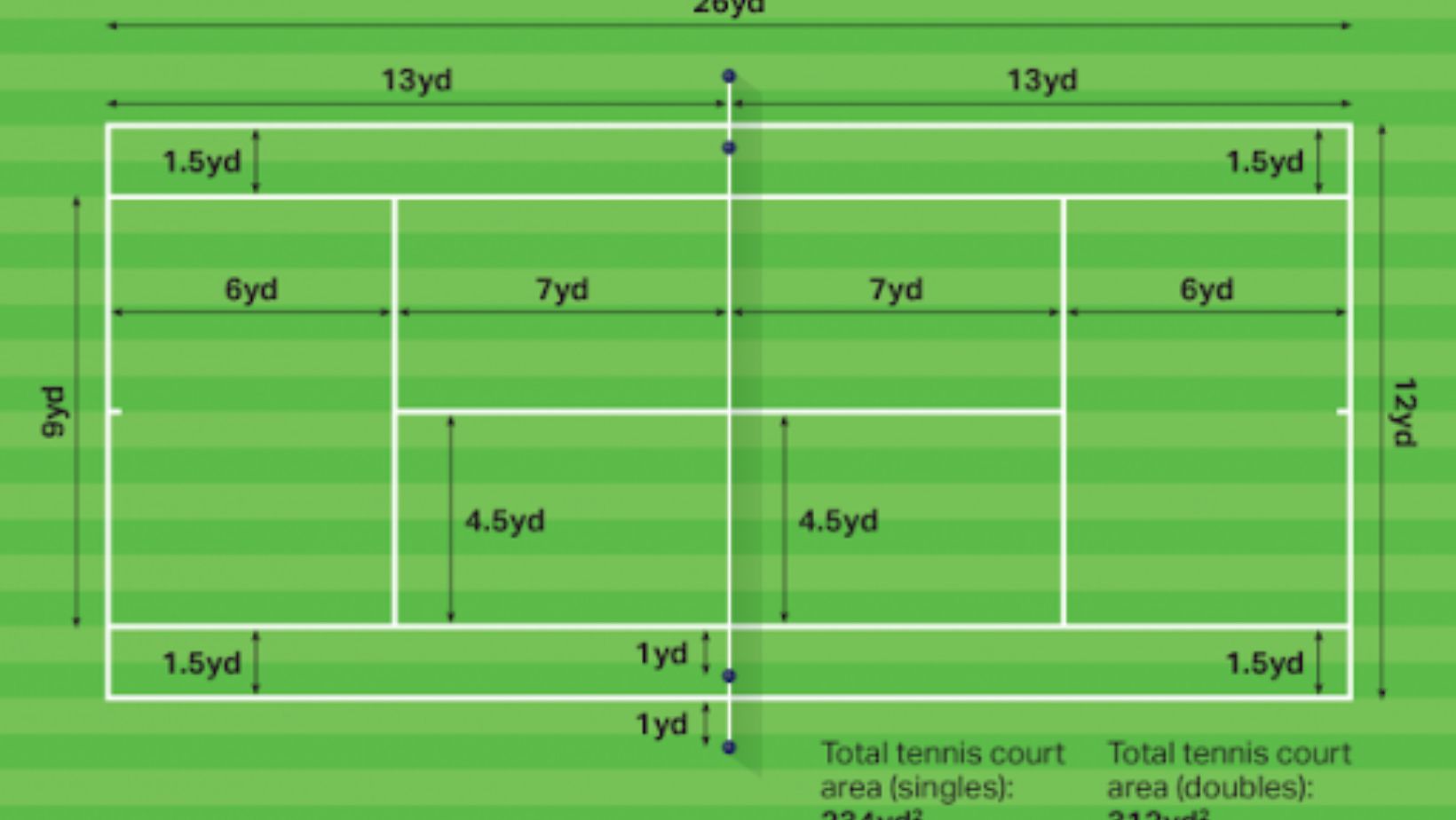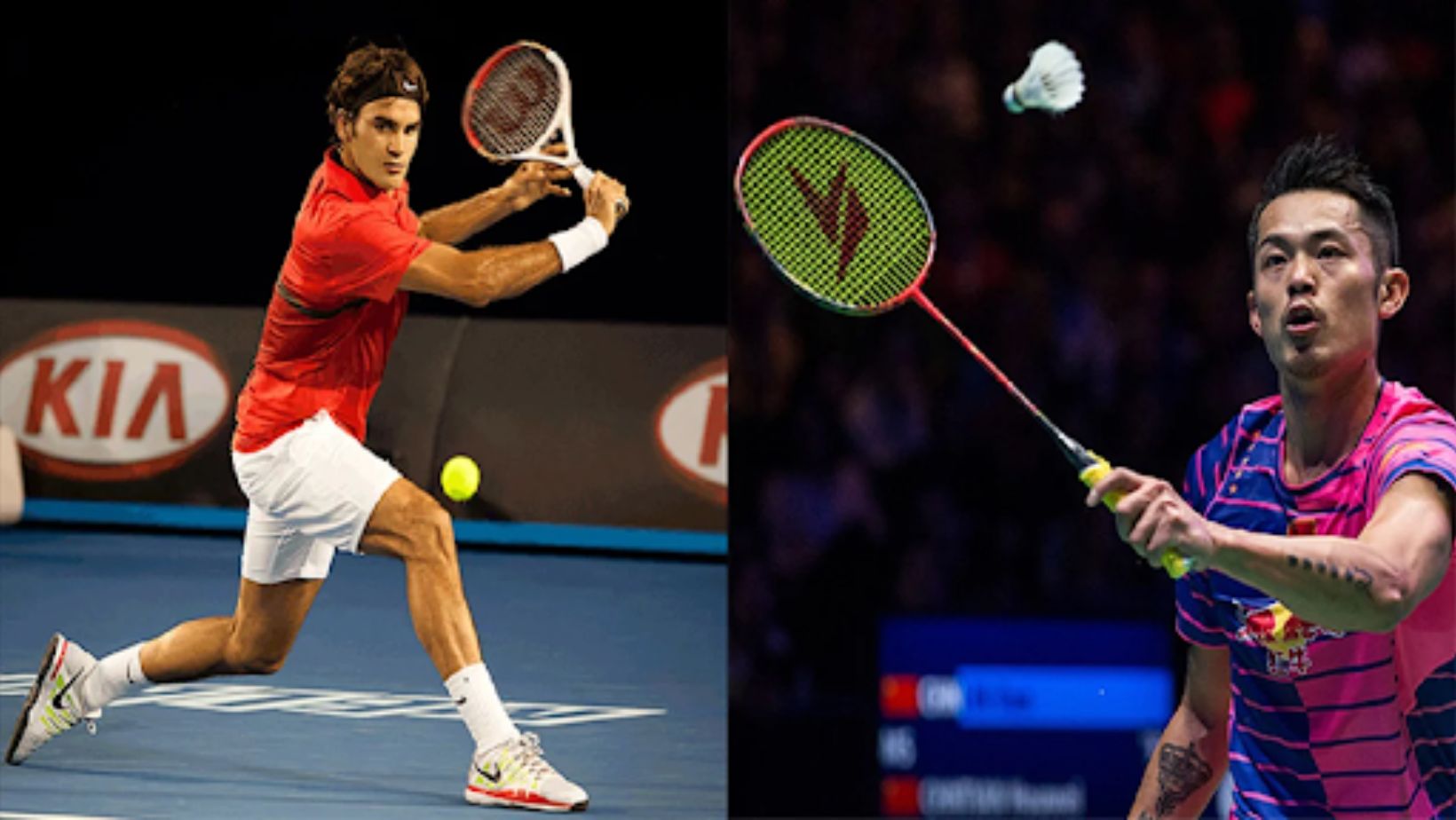Even with the world actively evolving, badminton and tennis continue to be two of the most popular racquet sports all over the planet. Although these two games seem to be very similar, there are some significant distinctions between them. For you to get more information about these two activities, we decided to create an article with some details about two disciplines.
And if you are an experienced sports fan already, then you can earn some money through your hobby. Yes, we are speaking about betting. Go to 1xBet, and test your luck with a trustworthy bookmaker.
Historical Background
Both tennis and badminton have long and interesting histories, originating from different parts of the globe. Learning about the roots of both will provide valuable insights into your betting experience and knowledge.
Origins of Badminton
Badminton has a very long history, originating from various ancient games dating several thousand years. It is believed that a game similar to badminton called “battledore and shuttlecock” existed around 2000 years ago in ancient Greece and is among the earliest versions of badminton. Other variants have been played in other regions in Asia.
India, where a game called “Poona” was invented, was probably influenced by “battledore and shuttlecock.” However, the first formal set of badminton regulations was developed in 1877, when the Bath Badminton Club was formed in England.
Origins of Tennis
From prehistoric ball games to the complex game it is today, tennis has come a long way.
The Egyptian, Greek, and Roman games, which employed leather or animal gut balls, are among the first examples of games similar to tennis. However, it is generally accepted that the French version called “jeu de paume” is the direct predecessor of the game. During the development of “jeu de paume” several improvements were made: players started donning gloves to protect their hands, and crude wooden paddles or bats were started to be used. During the late medieval eras, this game gained immense popularity among the elite and kings.
When material advancements and cultural shifts changed how people played sports in the middle of the 19th century, contemporary tennis got its start.
Equipment and Playing Area
Given that badminton and tennis are highly specialized sports, it goes without saying that they both need a particular playing space and set of equipment. Without further ado, let’s examine the fundamentals of these fields.
Badminton Equipment and Court Dimensions
Badminton players literally only need two pieces of equipment to play the game: a shuttlecock and a very light racket.
In the center of the rectangular court there is a net. The court is 13.4 meters long and 5.18 meters broad for the singles play and 6.1 meters wide for the doubles match. The middle of the net is somewhat lower than the sides, which are 1.55 meters high. To maintain traction on the court, appropriate footwear is also used.
Tennis Equipment and Court Dimensions
Now, let’s see the equipment and court dimensions in tennis.
A pressurized tennis ball, which is made to bounce and play consistently, and a strung racket are at the core of this sport. Specialized tennis shoes are better to be used by players but are not essential.
The court’s length is 23.77 meters, making it rectangular. It is 8.23 meters wide for singles matches and 10.97 meters wide for doubles. The court is divided by a net that is suspended in the middle of it at a height of 0.914 meters. Different court surfaces, including grass, clay, hard, or artificial turf, can affect the style and speed of the game.

Gameplay and Rules
Both sports differ in gameplay and structure but share similar principles. Let’s review their gameplay and rules!
Rules of Badminton
There are two types of badminton: singles, in which each team has one player, and doubles, in which each team has two players. A serve made diagonally to the opponent’s service court starts a match.
When an opponent commits an error, like striking the net or causing the shuttlecock to leave the court, or when the shuttlecock lands inside their opponent’s court, the player scores. Matches are often played in the best-of-three style, with each game being played to 21 points.
There is a limit of 30 points in the game, but one has to win by two points. The right to serve for the following point is awarded to the team that wins a rally. Fair play and strategic interactions are guaranteed by the court’s design and regulations.
Rules of Tennis
Tennis is another sport that can be played alone or in couples, referred to as singles and doubles. A match starts when a serve lands in the opponent’s service box after crossing the net.
In order to score points, the players basically attempt to keep the ball in play by hitting it over the net and into the opposing team’s court. Points are given if the other side fails to return the ball, smashes it into the net, or goes out of bounds.
The score is calculated as follows: 15, 30, 40, and “game,” where a game is won with two points. Sets are used to organize matches, and most forms require a player to win six games in order to claim a set, frequently requiring a two-game lead.
Physical and Technical Demands
Both tennis and badminton are extremely fast-paced games that need both technical talent and physical fitness. Let’s examine the technical and physical requirements that demonstrate the intricacy and talent needed in these sports.
Fitness Requirements in Badminton
Like many other sports where players must move fast and tactically, playing this game obviously requires a certain level of physical condition. Players must be speedy and versatile in order to make sharp changes in tempo and position.
While strength — in particular, leg strength — will promote jumps and good footwork, endurance is required at all times to maintain activity through long rallies.
Additionally important are balance and flexibility, which help with controlled stroke execution and speedy recovery following each shot.
Fitness Requirements in Tennis
Tennis is a physically demanding sport that requires a combination of strength, agility, coordination, and cardiovascular endurance, much like badminton.
Players need extraordinary stamina to play long matches, which may continue for many hours. For serves, groundstrokes, and fast direction changes, explosive strength and power are essential.
While flexibility is crucial for preserving proper form and avoiding injuries during dynamic movements, agility and quickness aid in effective covering of the court.
Additionally, producing power and stability in shots requires a strong upper body and core. Maintaining attention and energy during intense rallies and matches requires both mental toughness and physical resilience.
Popularity and Global Reach
Although popularity varies by region, both badminton and tennis are well-known racquet sports globally. With countries like China, Indonesia, and India at the forefront, badminton has a great following in Asia. In Europe, particularly in Denmark and the UK, it is also well liked. Although its inclusion in the Olympics contributes to its increased popularity outside, badminton is more common in nations where it is integrated in the national culture.
Conversely, tennis has a larger global following, with notable acclaim in Europe, North America, Australia, and some regions of Asia and South America.
Pros and Cons of Each Sport
Both of these games have disadvantages despite their many benefits. Let’s examine the positive and negative aspects to assist athletes in selecting the one that most closely matches their tastes.
Advantages of Badminton
There are quite a number of pluses that you will face playing badminton. Let’s see which ones:
- Enhances physical fitness
- Increases mental health
- Improves hand-eye coordination
- Enhances reflexes and agility
- Improves concentration and mental focus
Advantages of Tennis
As with any sports activity, tennis is good for your physical and mental health. Need more pluses? Here you are:
- Reduces the chance of developing chronic illnesses
- Sharpened reflexes
- Beginner friendly
- Enhances posture and balance
Challenges in Each Sport
Tennis and badminton both present special difficulties that put players’ bodies and minds to the test.
For instance, the tempo of badminton is extremely fast, necessitating quick reactions, excellent agility, and perfect control to manage swift shuttle motions. Additionally, the small court size needs rapid footwork.
Because tennis is sometimes played on larger courts, one of the problems is staying physically fit over lengthy rallies or matches. Players have to adjust to different surfaces, as each affects the bounce and pace of the ball.
To combat weariness, both sports demand strategic play, mental attention, and constant training.
Key Similarities Between Badminton and Tennis
Of course, there are a number of significant parallels between badminton and tennis.
The goal of both games is to earn points by using a racquet to hit a projectile — a ball in tennis or a shuttlecock in badminton — over a net and into the other team’s side of the court.
Both games rely heavily on mobility and tactics since players need to position themselves on the court strategically and predict their opponent’s next move.
Both games also feature singles and doubles modes, which promote cooperation.

Choosing the Right Sport for You
Your interests and physical skills should undoubtedly guide your decision between badminton and tennis. Badminton may be the ideal sport for you if you’re searching for an indoor, fast-paced pastime with shorter matches and less complicated equipment.
Conversely, tennis combines strength, stamina, and outside activity. It is a better option if you like a combination of strategy and strong strokes because it entails longer rallies, a heavier racket, and a larger court.
Consider things like price, accessibility, fitness objectives, and even societal preferences. In the end, both sports are enjoyable and healthy forms of physical activity.
Conclusion
Despite many similarities, badminton and tennis are distinct because of their histories, gear, playing fields, and tactical variances. Both games satisfy a variety of player tastes and provide an amazing blend of skill, stamina, and enjoyment.
These two highly esteemed and valued disciplines will improve your mental and physical health. We firmly believe that you will like these sports, regardless of whether you favor the quickness and lightness of badminton on a smaller court or the forceful rallies of tennis.
